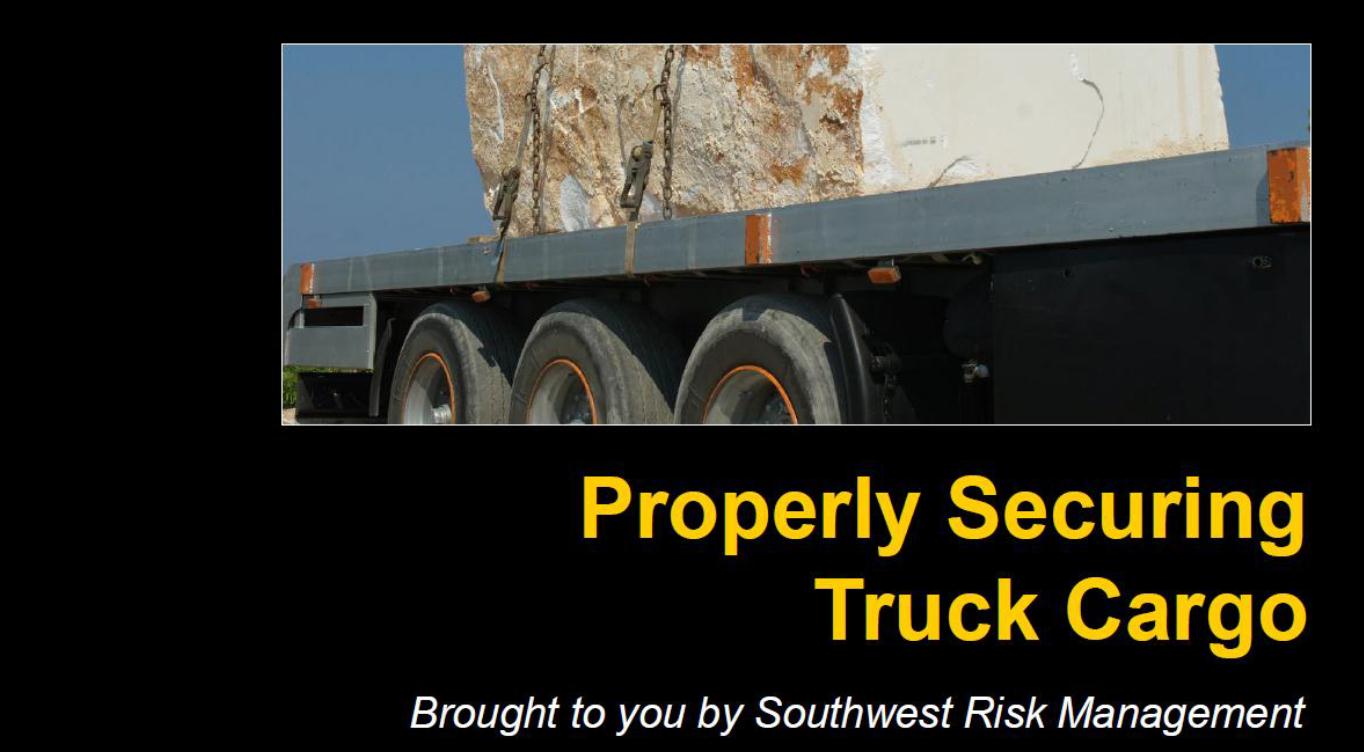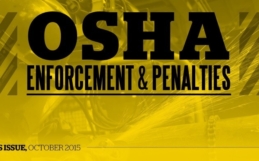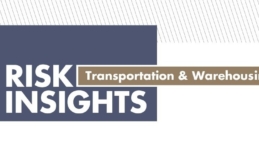Commercial Trucking
Properly Securing Truck Cargo
As a Commercial Truck Driver it is important to know the industry rules and reglulations, which are ever changing. See below for definitions of regulations and safety tips for properly securing truck cargo:
FMCSA REGULATIONS
- Governs how cargo-securing devices should be used
- Regulates the number of restraints required to adequately secure cargo
- It’s up to you, as the driver, to ensure securement follows federal guidelines
- You are responsible for the load you are transporting – don’t be reckless with it!
PERFORMANCE CRITERIA
- Cargo securement systems must be capable of withstanding these forces:
- 0.8 g deceleration in the forward direction
- 0.5 g acceleration in the rear direction
- 0.5 g acceleration in the lateral direction
WHAT THOSE NUMBERS MEAN
- Cargo must be firmly secured to structures of adequate strength by use of dunnage/dunnage bags, shoring bars, tiedowns or a combination of all these elements
- Cargo must be immobilized so it cannot shift in any way during transit
* By ignoring FMCSA regulations, you open yourself – and – up to potential liability
TIEDOWN REGULATIONS
- Inboard of the rub rails (when practical)
- Edge protection when there is rubbing contact
- Number of tiedowns depends on article size/weight:
- 5 ft long or less and 1,100 lbs or less = 1 tiedown
- 5 ft long or less and more than 1,100 lbs = 2 tiedowns
- Greater than 5 ft long but less than 10 ft, regardless of weight = 2 tiedowns
- Greater than 10 ft, regardless of weight = 2 tiedowns, with 1 additional tiedown for every additional 10 ft
CARGO PLACEMENT AND RESTRAINT
- Cargo that can roll must be restrained by:
- Chocks
- Wedges
- Cradle
- Other equivalent means to prevent rolling
- Cargo must be placed either in direct contact with other cargo or protected from shifting toward other cargo
SPECIAL PURPOSE VEHICLES
- Basic tiedown rules do not apply to vehicles transporting irregularly shaped cargo, including:
- Steel/concrete beams
- Crane booms
- Girders
- Trusses
- Any other fabricated structural item
OTHER COMMODITY-SPECIFIC REQUIREMENTS
- FMCSA has very detailed securement requirements for the following types of cargo:
- Logs and dressed lumber
- Metal coils
- Paper rolls
- Concrete pipe
- Intermodal containers
- Automobiles
- Light trucks and vans
- Heavy vehicles/equipment/machinery
- Flattened/crushed vehicles
- Roll-on/roll-off containers
- Large boulders
ENFORCEMENT
- Policies are put in place for your safety
- Disregarding cargo securement requirements could cause load shifting, and you could lose control of your vehicle
- Ignoring the regulations puts you, your cargo and everyone else on the road in danger and will not be tolerated
- It is your responsibility to make sure your load remains secure
- In order for it to be effective, securing equipment must be in proper working condition
- If you sense something is wrong while you are driving do not wait, pull over and investigate immediately
FOR MORE INFORMATION
Visit COMMERCIAL TRUCK INSURANCE or call a SW Risk Trucking Specialist at (480) 290-2222.
SW Risk Trucking Team News
Related Posts









